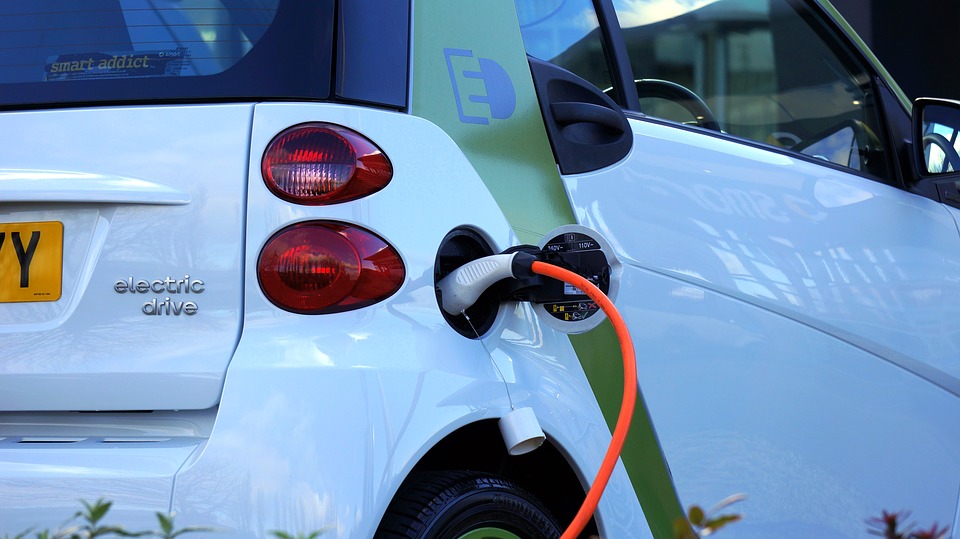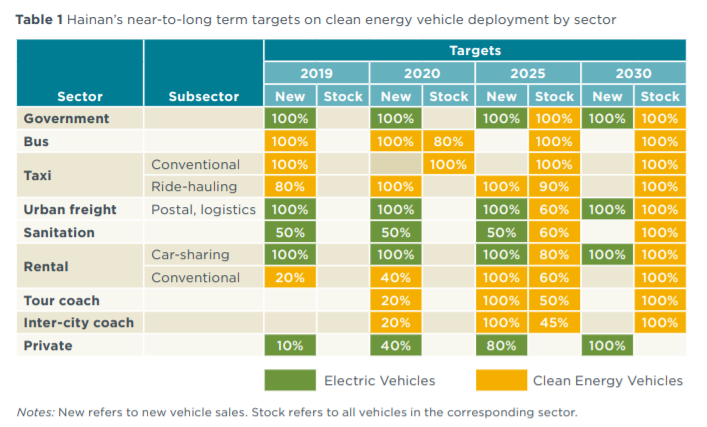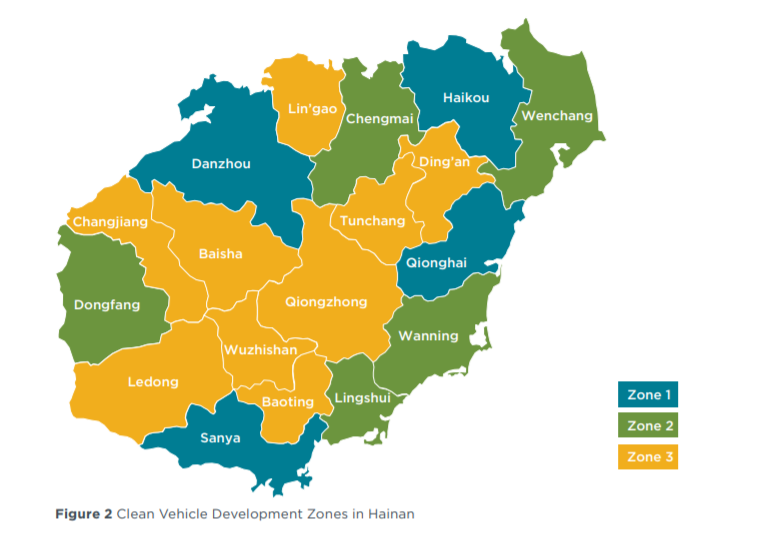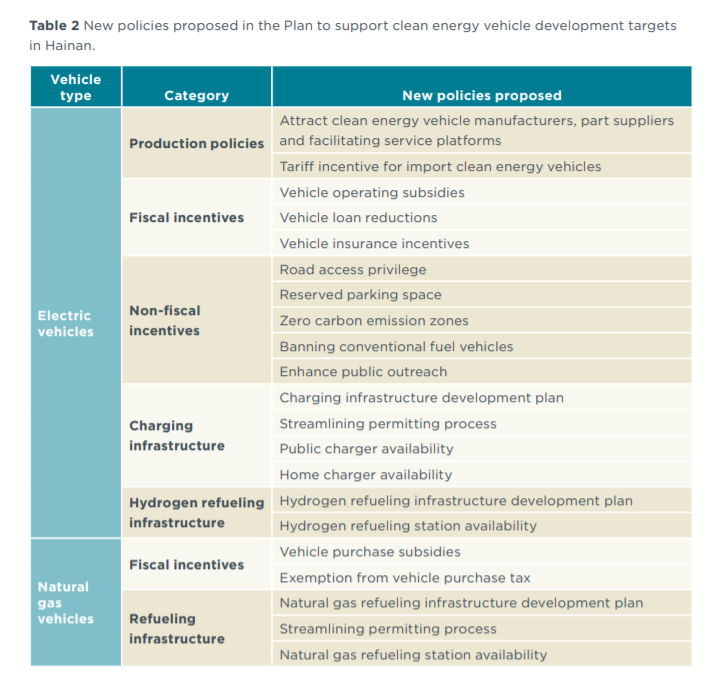Hainan’s Clean Energy Vehicle Development Plan (2019-2030)
On March 6, 2019, the province of Hainan announced a plan to progressively shift to all clean energy vehicles, including in all its 19 cities and towns, by 2030.
Leveraging the clean grid in the region, the “Development Plan of Clean Energy Vehicles in Hainan Province,” promotes clean energy vehicles as a core strategy toward achieving world-class air quality in Hainan.

As of today, Hainan has deployed 37 thousand electric vehicles, thanks to the decade-long new energy vehicle demonstration pilot program and associated incentives introduced in major cities in the region.
Hainan’s clean energy vehicle development plan targets
In the Plan, clean energy vehicles refer to both electric vehicles and clean alternative fuel vehicles. By the end of 2018, Hainan had a total of 1.27 million vehicles registered, of which 37,100 (2.9%) are clean energy vehicles, including 22,800 (1.8%) electric vehicles and 14,300 (1.1%) clean alternative fuel vehicles.
The Plan sets clean energy vehicle targets for new sales or all vehicles in the market by vehicle sector in three phases—2020, 2025 and 2030 (Table 1).
The goals initially target public fleets, such as government vehicles and buses, and will apply to private passenger and commercial fleets in proceeding years.
In principle, electric technologies will apply in most urban fleet sectors, while other clean energy technologies will remain in a few commercial fleets such as inter-city and tour coaches that are technologically less ready for electrification.

The plan prioritizes the transition to clean energy vehicles by different regions of the province based on social economic and transportation development levels.
As shown in Figure 2, clean energy vehicle deployment will initially be prioritized in Zone 1, which includes the province’s capital city of Haikou in addition to four other cities.
Next, clean energy vehicles will be encouraged as widely as feasible in Zone 2, which includes five cities and towns along the coast, and lastly encouraged in the more inland Zone 3.

Beyond the vehicle targets, the Plan also sets development goals for charging infrastructure—the overall charger-to-EV ratio is required to meet 3-to-1 by 2020, and 2-to-1 by 2025, compared with today’s level of 4.5-to-1. That ratio for public chargers needs to be 7-to-1, and chargers need to be available for every 50-km on the provincial freeways. The charging network shall be able to cover, on average, every 1, 2 or 3 kilometers in distance in the above three clean energy vehicle development zones, respectively.
Supportive policies under consideration
Several local-level policies were implemented in major cities of Hainan to support the deployment of electric vehicles in the past decade. These include vehicle purchase subsidies, exemption from vehicle and vessel tax, exemption from vehicle purchase tax, differentiated utility rates, charging fee reductions, vehicle registration privilege, as well as building and parking codes.
Besides these, Hainan is also considering a new set of policies and actions to remove barriers, financial and institutional, from implementation (Table 2). The policies support the adoption of both electric and natural gas vehicles.

With the Plan, Hainan becomes the first province in China to announce official targets for a transition to clean energy vehicles. The Plan is expected to deliver huge environmental benefits and contribute to Hainan’s long-term economic development plan to be China’s pioneering free trade zone. The next step and real challenge is to turn targets into detailed and effective policies and actions and make sure they are well implemented.
Source: https://theicct.org
Related Article: Harrow Haikou will officially start school September 2020






